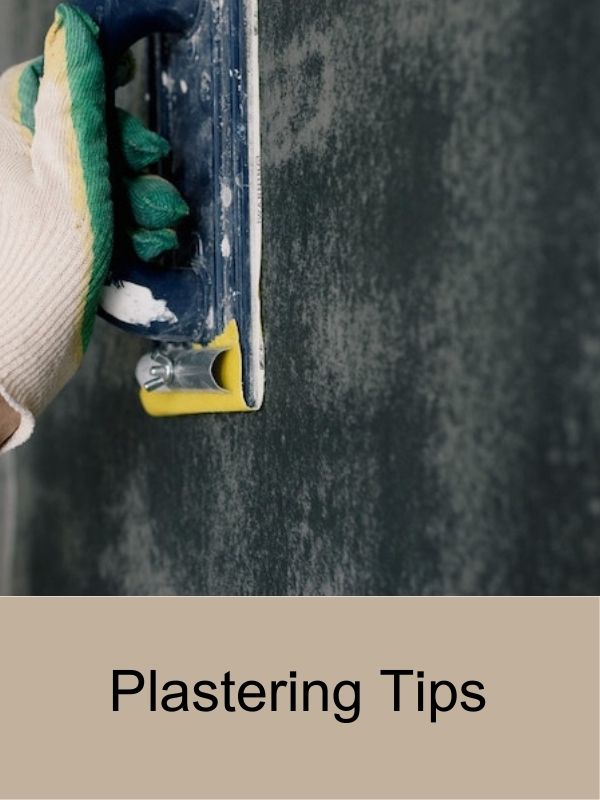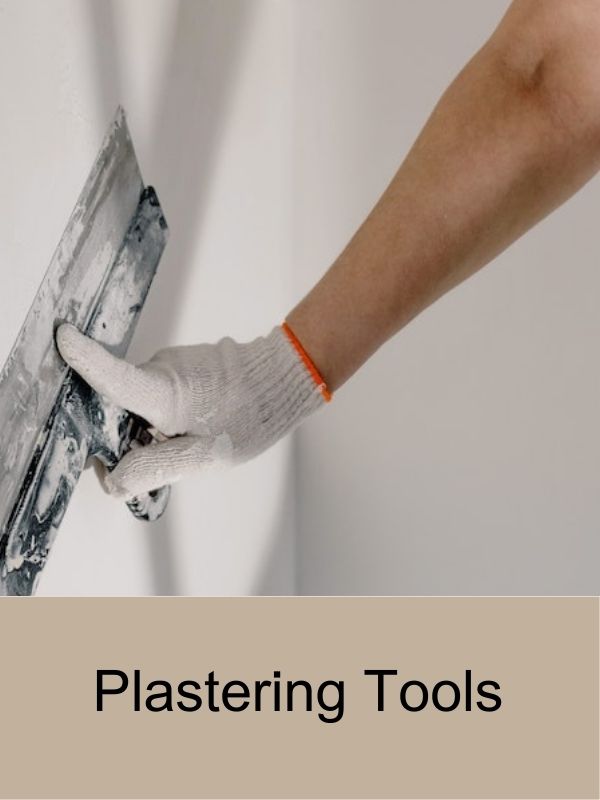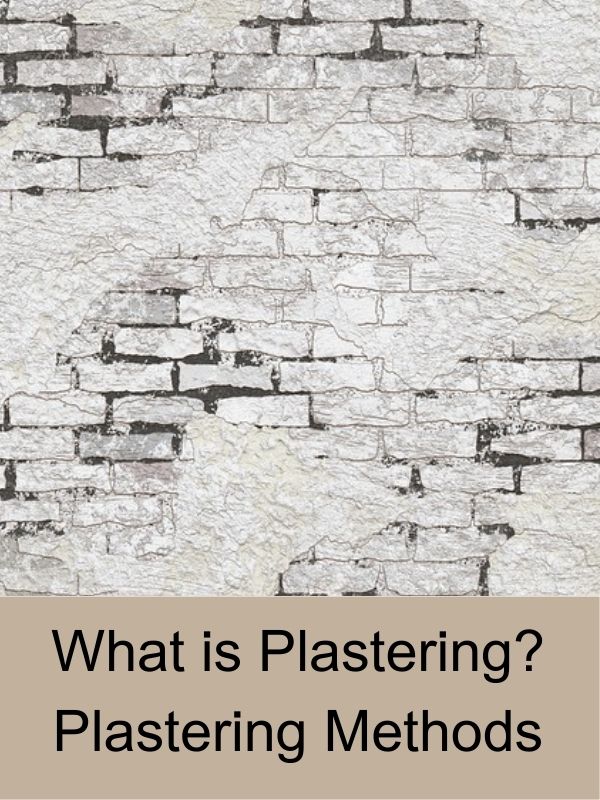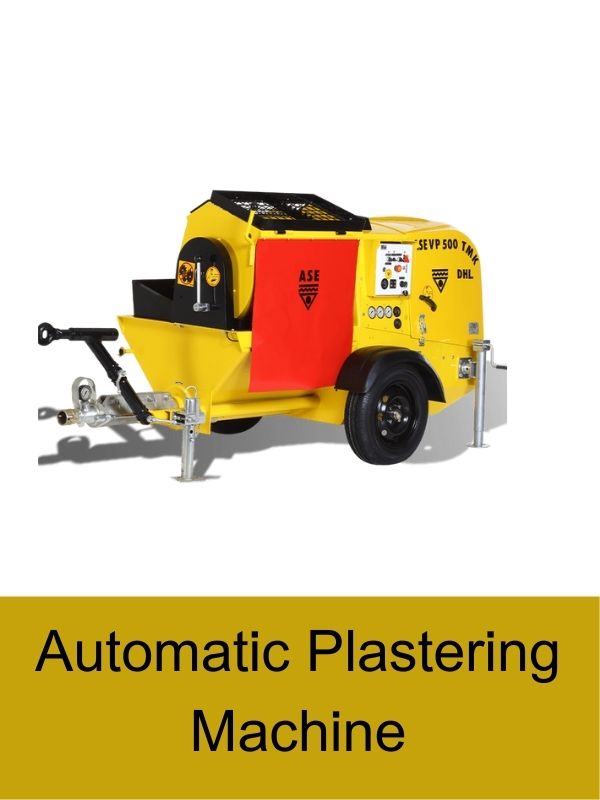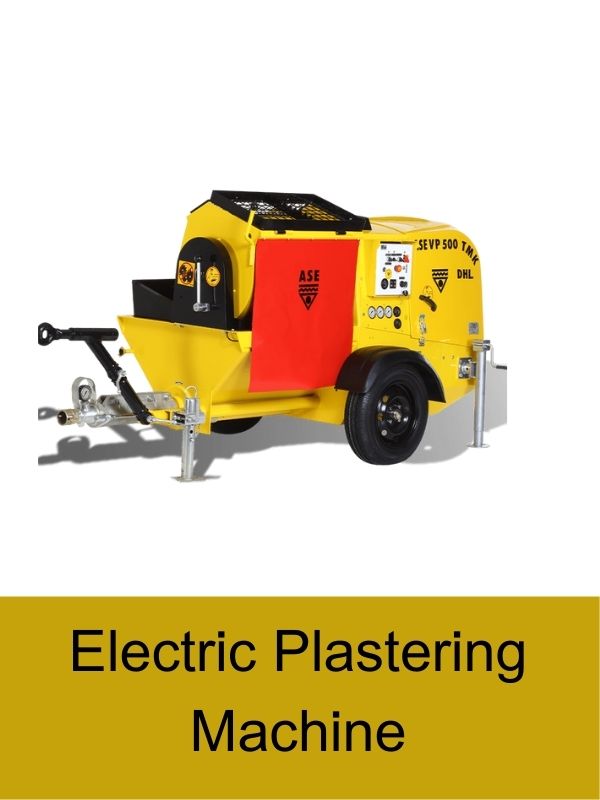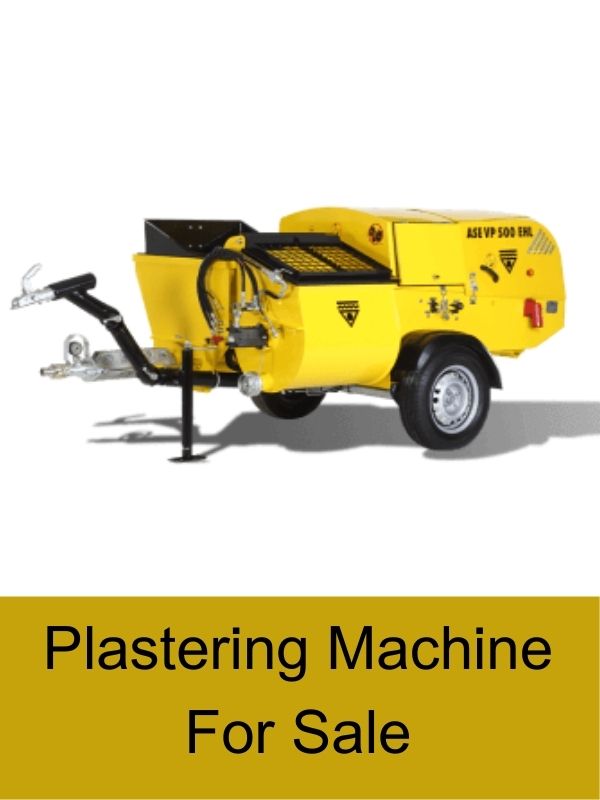Introduction:
Worm pump plastering machines have revolutionized the plastering process in the construction industry. These machines offer a more efficient and effective way of applying plaster onto walls and ceilings, saving time and labor. In this article, we will explore the features, benefits, and applications of worm pump plastering machines, as well as provide tips for their operation and maintenance.
What is a Worm Pump Plastering Machine?
A worm pump plastering machine, also known as a rendering machine or mortar spraying machine, is a specialized piece of equipment used for applying plaster, mortar, or other types of coatings to various surfaces. It consists of a powerful pump that forces the material through a hose and a spraying nozzle, allowing for uniform and precise application.
Advantages of Worm Pump Plastering Machines
Worm pump plastering machines offer several advantages over traditional plastering methods:
- Time-saving: These machines can significantly reduce the time required to complete plastering projects compared to manual methods. The high pumping capacity and continuous operation allow for faster coverage and increased productivity.
- Labor efficiency: With a worm pump plastering machine, fewer workers are needed to complete the plastering job. The machine takes over the labor-intensive task of applying plaster, freeing up manpower for other essential construction activities.
- Uniform application: The machine ensures a consistent and uniform application of plaster, resulting in a smooth and professional finish. It eliminates the inconsistencies and imperfections that can occur with manual plastering.
- Reduced material wastage: The precise control and adjustable settings of these machines minimize material wastage, saving costs and promoting sustainability.
- Versatility: Worm pump plastering machines can handle various types of plaster and coatings, including cement-based render, gypsum plaster, lime mortar, and more. This versatility makes them suitable for a wide range of applications.
How Does a Worm Pump Plastering Machine Work?
Worm pump plastering machines operate on a simple yet effective principle. The machine’s pump draws the plaster mixture from a hopper or container and pushes it through a hose under high pressure. As the material travels through the hose, it reaches the spraying nozzle, where compressed air or mechanical action atomizes the mixture into fine droplets. These droplets are then sprayed onto the surface, creating an even layer of plaster.
Types of Worm Pump Plastering Machines
There are two main types of worm pump plastering machines:
Single-phase Worm Pump Plastering Machines
Single-phase machines are designed for smaller-scale plastering projects and are powered by a standard electrical outlet. They are lightweight, portable, and suitable for residential applications or areas with limited access.
Three-phase Worm Pump Plastering Machines
Three-phase machines are more robust and powerful, designed for larger-scale projects and professional use. They require a three-phase power supply and offer higher pumping capacities, making them suitable for commercial construction, civil engineering, and renovation projects.
Key Features to Consider When Choosing a Worm Pump Plastering Machine
When selecting a worm pump plastering machine, consider the following key features:
- Pump Capacity: The pumping capacity determines the volume of material the machine can deliver per minute. Choose a machine with a capacity that matches your project requirements.
- Power Source: Consider whether a single-phase or three-phase machine is suitable for your project’s power supply availability.
- Portability and Maneuverability: If you anticipate working in tight spaces or multiple locations, opt for a machine that is compact, lightweight, and easy to transport.
- Control Systems: Look for machines with user-friendly control systems that allow you to adjust the pumping speed, pressure, and spray pattern easily.
- Maintenance and Durability: Consider the maintenance requirements and durability of the machine. Look for models with easy access to components and robust construction that can withstand demanding working conditions.
Applications of Worm Pump Plastering Machines
Worm pump plastering machines find extensive applications in various industries and construction projects, including:
- Construction Industry: These machines are widely used in the construction industry for plastering walls, ceilings, and facades of buildings. They provide a faster and more efficient alternative to traditional manual plastering methods.
- Renovation and Remodeling Projects: Worm pump plastering machines are valuable tools for renovation and remodeling projects. They can quickly cover old surfaces with a new layer of plaster, giving them a fresh and updated look.
- Civil Engineering: In civil engineering projects such as bridges, tunnels, and dams, worm pump plastering machines are used to apply protective coatings or repair damaged surfaces. Their high pumping capacity and precision ensure optimal results in these demanding applications.
Tips for Operating a Worm Pump Plastering Machine
To achieve the best results and ensure the smooth operation of a worm pump plastering machine, follow these tips:
- Preparing the Surface: Ensure that the surface to be plastered is clean, free from debris, and adequately prepared. Remove loose materials and apply any necessary primers or bonding agents.
- Mixing and Loading the Plaster: Follow the manufacturer’s instructions for mixing the plaster or mortar mixture. Make sure the consistency is suitable for spraying. Load the mixture into the machine’s hopper, ensuring a continuous supply during operation.
- Adjusting the Pumping Speed and Pressure: Depending on the surface and desired finish, adjust the pumping speed and pressure settings accordingly. Practice on a small area to determine the optimal settings before proceeding with the entire project.
- Cleaning and Maintenance: Regularly clean the machine’s components, including the pump, hose, and nozzle, to prevent clogging and ensure consistent performance. Follow the manufacturer’s guidelines for maintenance tasks such as lubrication and replacing worn parts.
Safety Considerations
When operating a worm pump plastering machine, it is crucial to prioritize safety. Consider the following safety measures:
- Personal Protective Equipment (PPE): Always wear appropriate PPE, including safety goggles, gloves, respiratory protection, and protective clothing, to safeguard against potential hazards.
- Proper Training and Certification: Ensure that operators are adequately trained in the operation and safety procedures of the specific machine model. Certification programs can provide comprehensive training for safe machine operation.
- Electrical Safety: When using electric-powered machines, observe electrical safety practices, such as using ground-fault circuit interrupters (GFCIs), protecting power cords from damage, and following proper grounding procedures.




